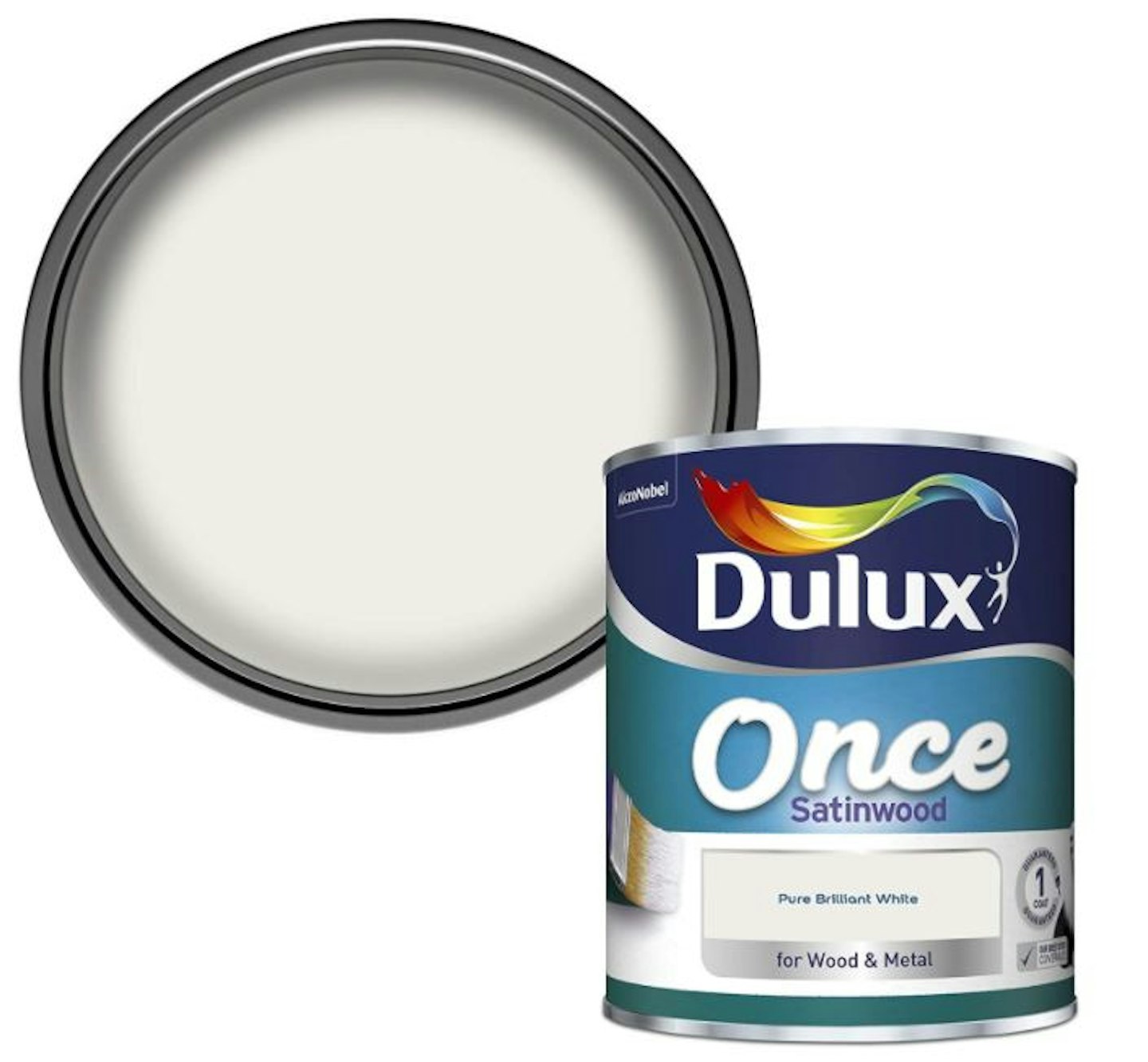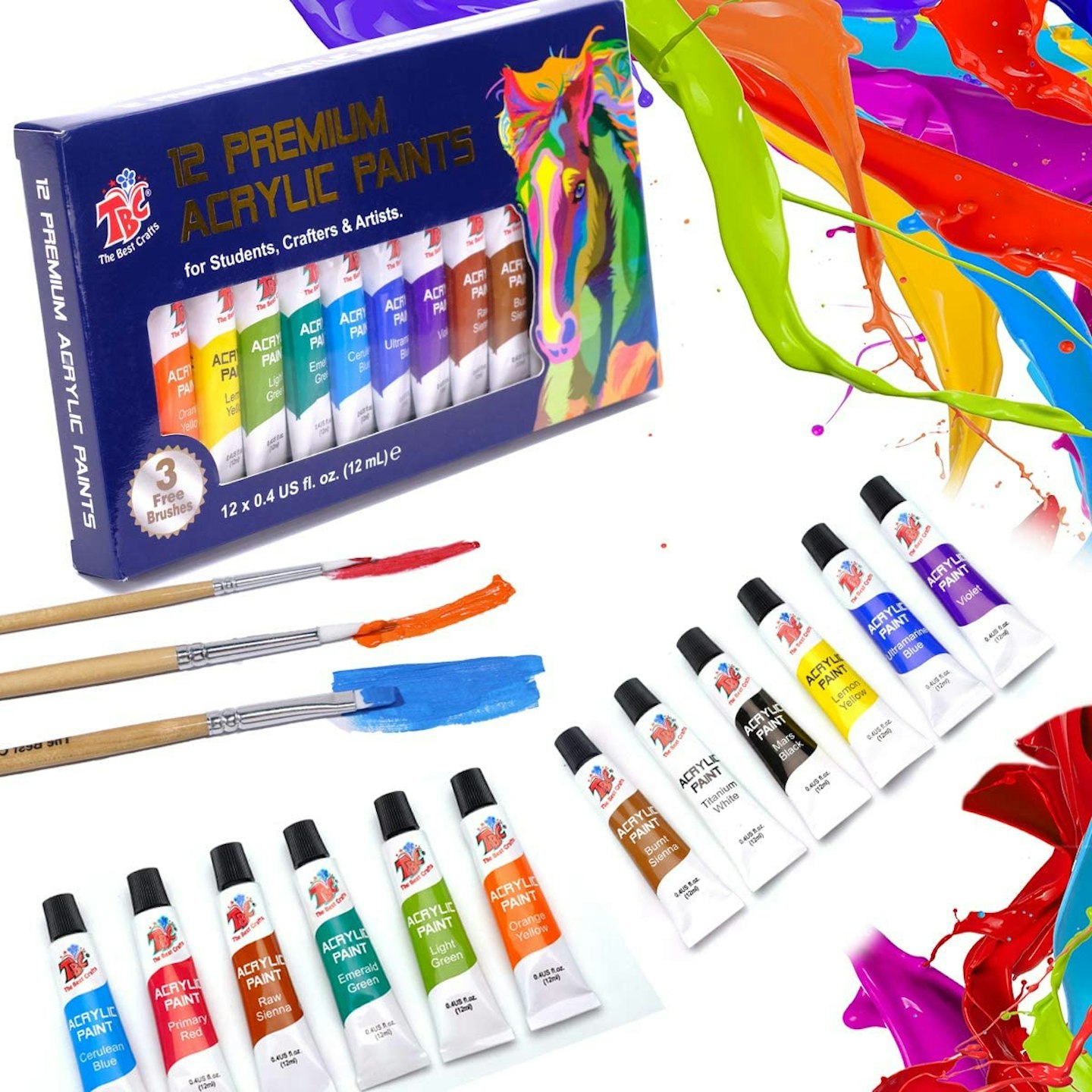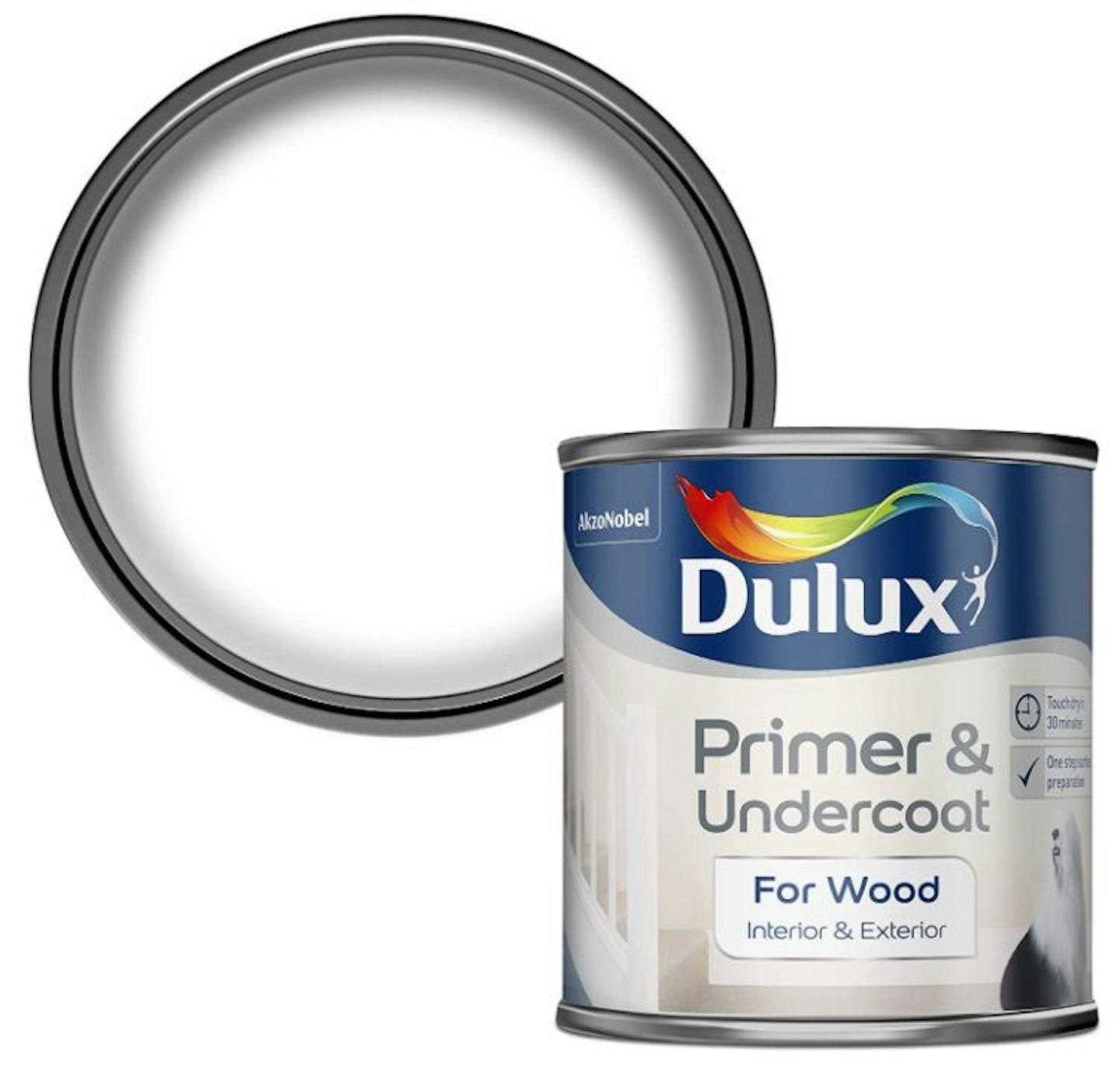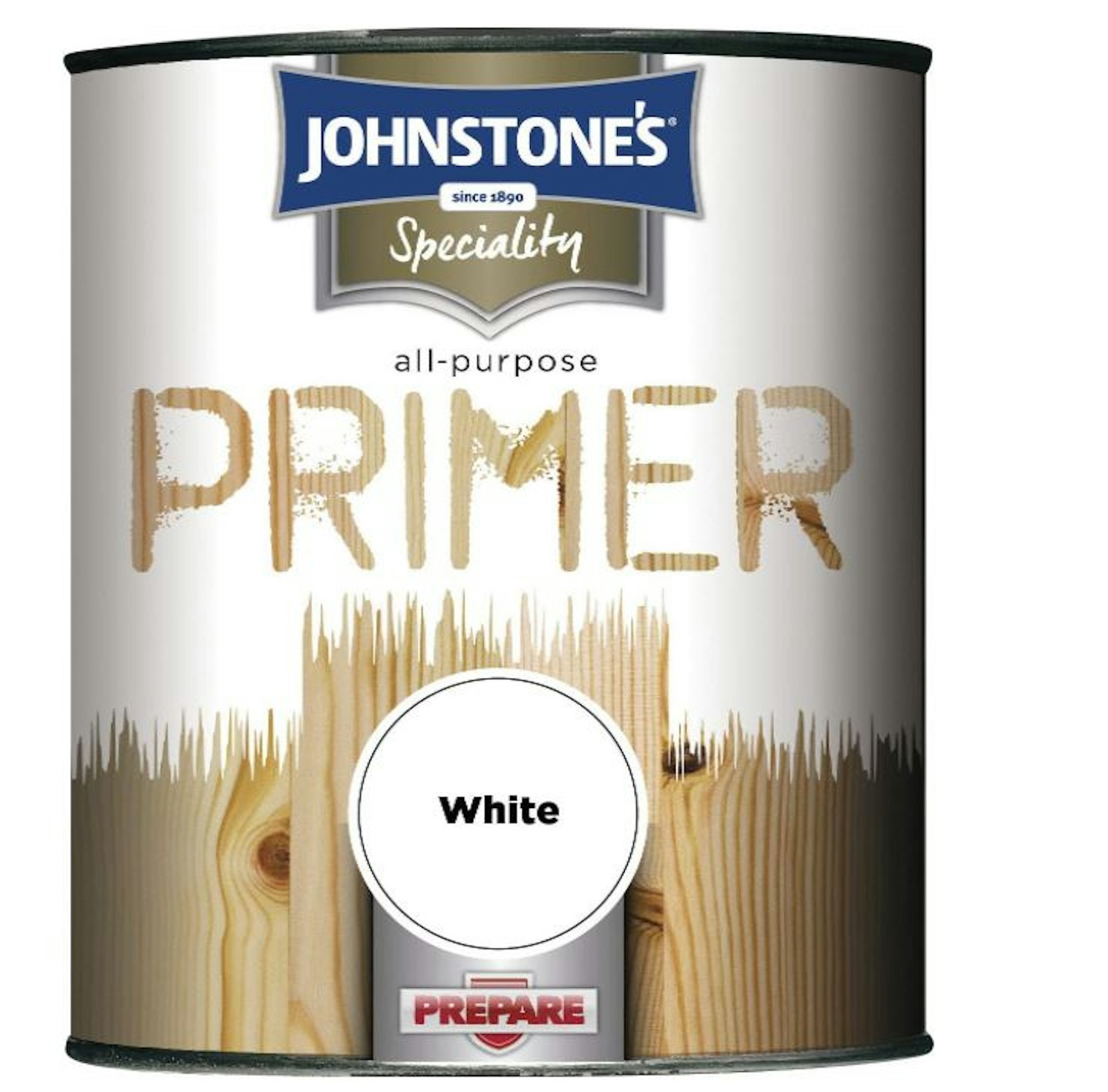Are you looking to redecorate your home or upcycle old furniture as a weekend project? Or maybe you're looking to repaint some garden fencing or furniture in time for the warmer weather?
There are a variety of paints and finishes to choose from, so we've handpicked the very best that will see you through your painting project.
Whatever you're painting, whether it be furniture, floors, doors, skirting boards, exteriors or crafts, we've found the best paints that'll go the distance and make your home look good as new.
Best paint for wooden furniture
If you’ve decided to spruce up the bed frame, chest of drawers, cupboards or dining room chairs, it’s important to consider the finish you’re looking for on your furniture and whether it’s a high-use item.
For different finishes you can choose one of the following, depending on your style and how durable you’d like the paint to be:
Gloss
Gloss finish has the highest sheen and is the most durable paint finish. It's the easiest surface paint to clean and so is a great option for longevity.
Satinwood
Satinwood paint provides a mid-level sheen and durability. It's a good paint option for high-traffic rooms and for keeping surfaces clean, but is slightly harder to apply and touch up whilst hiding imperfections.
Eggshell
Eggshell provides a muted, low-level sheen but still has slight gloss and durability. This option is better for less-trafficked rooms as any grubby handprints will be more apparent.
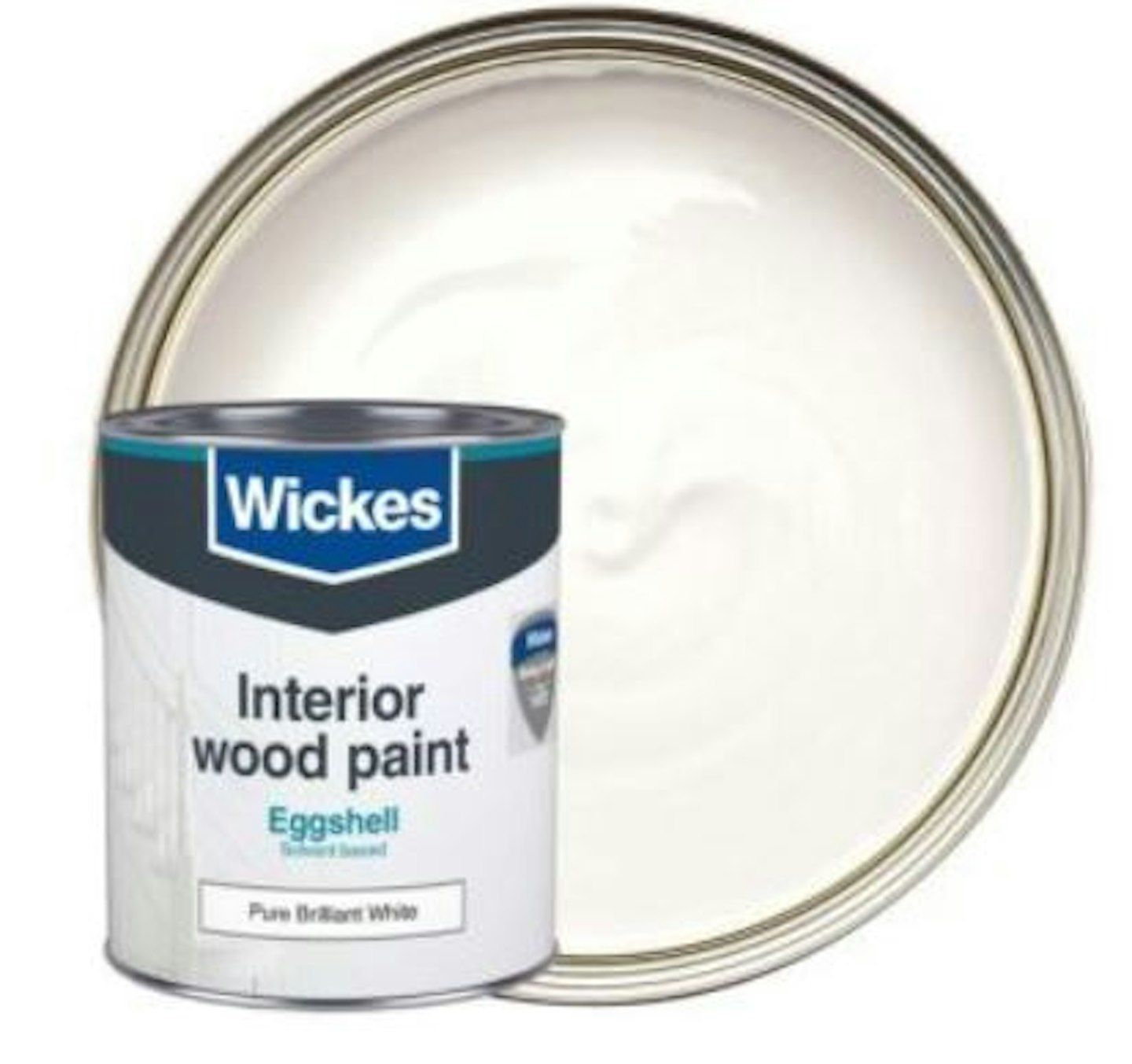
www.wickes.co.uk
Chalk
A matte chalk paint provides zero shine and is best for areas that don’t see a lot of traffic or dirt. The flat finish is the most difficult to clean and unlike the other paints that have built-in sealant, you’ll need to add a seal on top.
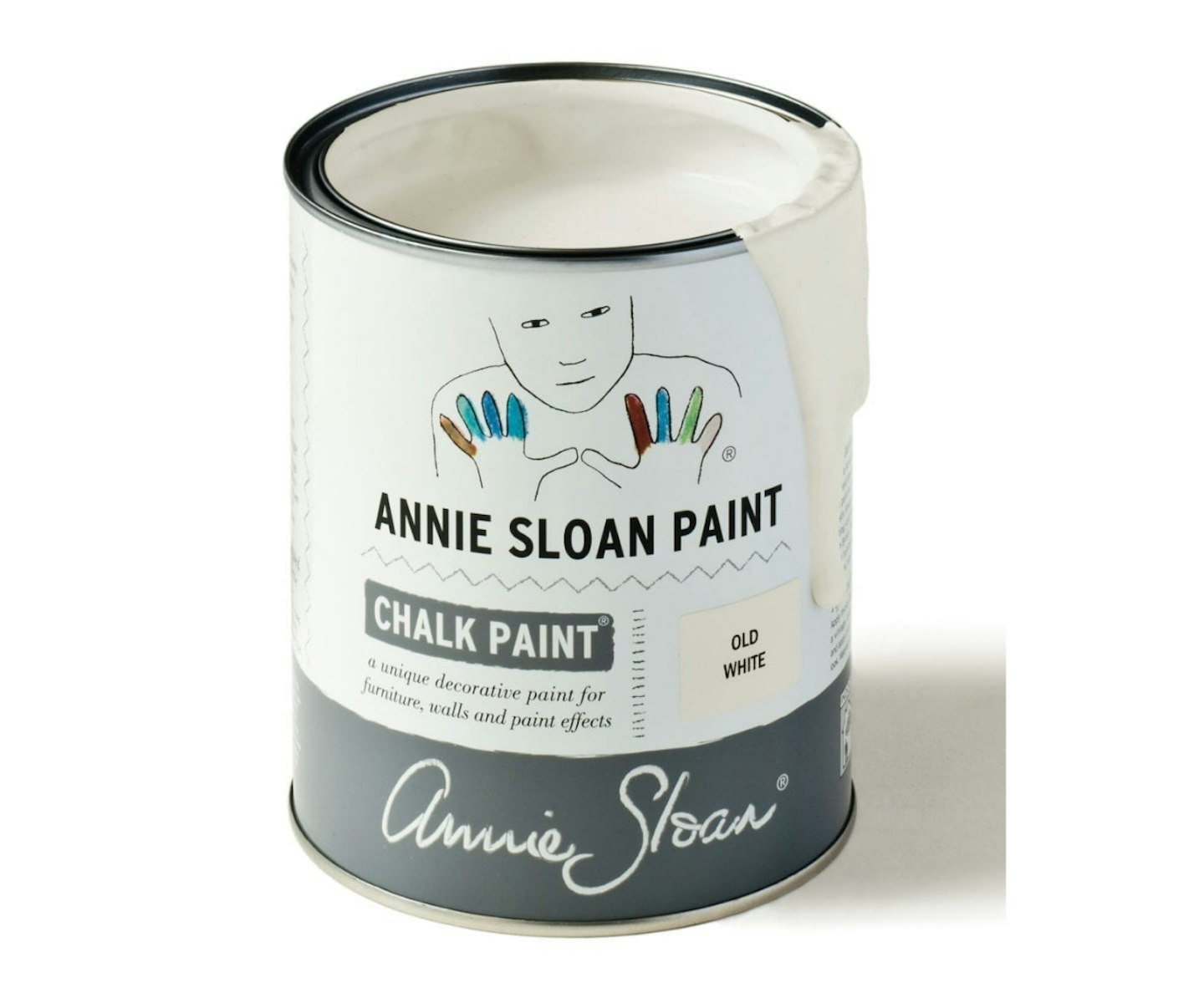
www.anniesloan.com
This video from Curbly gives a great start-to-finish guide on how to prepare and paint your furniture for a fabulous makeover:
Best paint for wood doors and skirting boards
When choosing a paint for your wooden doors or skirting boards, you’ll want one that will help withstand scuffs and provide additional protection from handprints and stains.
For doors especially as a high-use surface, the paint will need to be durable in order to prevent the dry paint from cracking with the opening and closing of the door and to protect against dirt and human oils. To help counteract this, we would recommend a semi or high-gloss paint. This non-porous, smoother finish is easier to clean and a water-based paint will be able to expand and contract with the door movement.
However, if you want extra-durability, oil or solvent-based paints will work best. They can achieve a higher sheen level for wipe-ability, will repel any moisture and dry harder for better resistance against wear and tear. The paint will last longer and not get so worn with time.
As oil and solvent-based paints give off harmful fumes, make sure the room is well ventilated when you're applying the paint, and when it's drying.
Try one of the satinwood or gloss paint brands above or some of these alternatives:
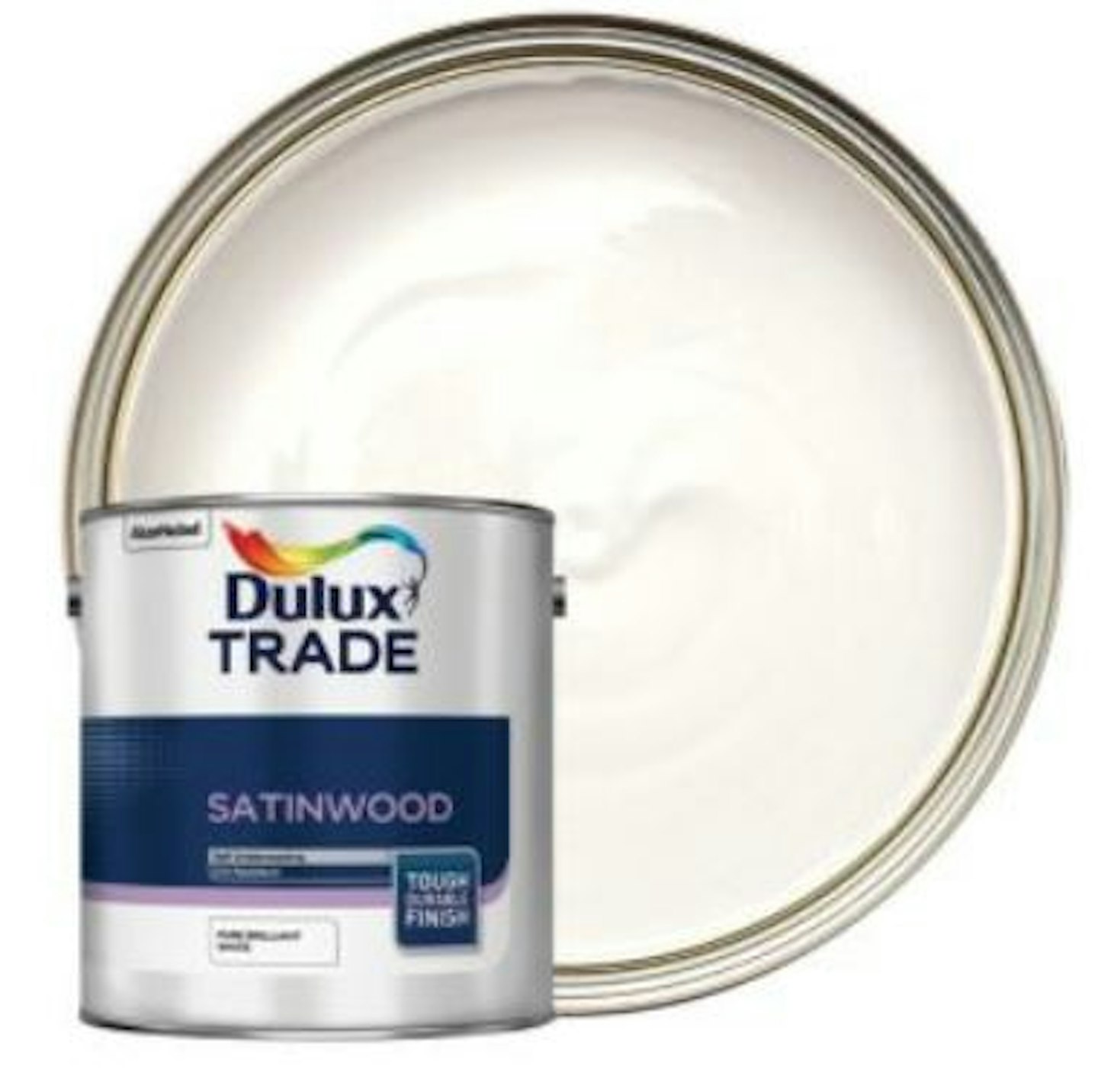
www.wickes.co.uk
When it comes to painting your door, Crown Paints recommend painting in a certain order.
Start with the edges, then move on to the mouldings and panels. Then you can move on to the rest of door, painting the vertical centre panels, followed by the horizontals, before finishing with the long side strips.
Best paint for wood floors and stairs
Painting floorboards is a great way to update your room on a budget but you need to make sure you have the best paint for the job.
While most good-quality wood paints will do the job, the best paint for floors and stairs are those that are more resistant to knocks, scuffs and spills and will keep you floor protected.
For best results, choose a specialised paint that has been developed to renovate high traffic areas like wooden floors, tiled floors and stairs inside the home and is flexible too to absorb shocks without flaking. Some are quick-dry too which is great if you don't want to avoid your floors for a while!
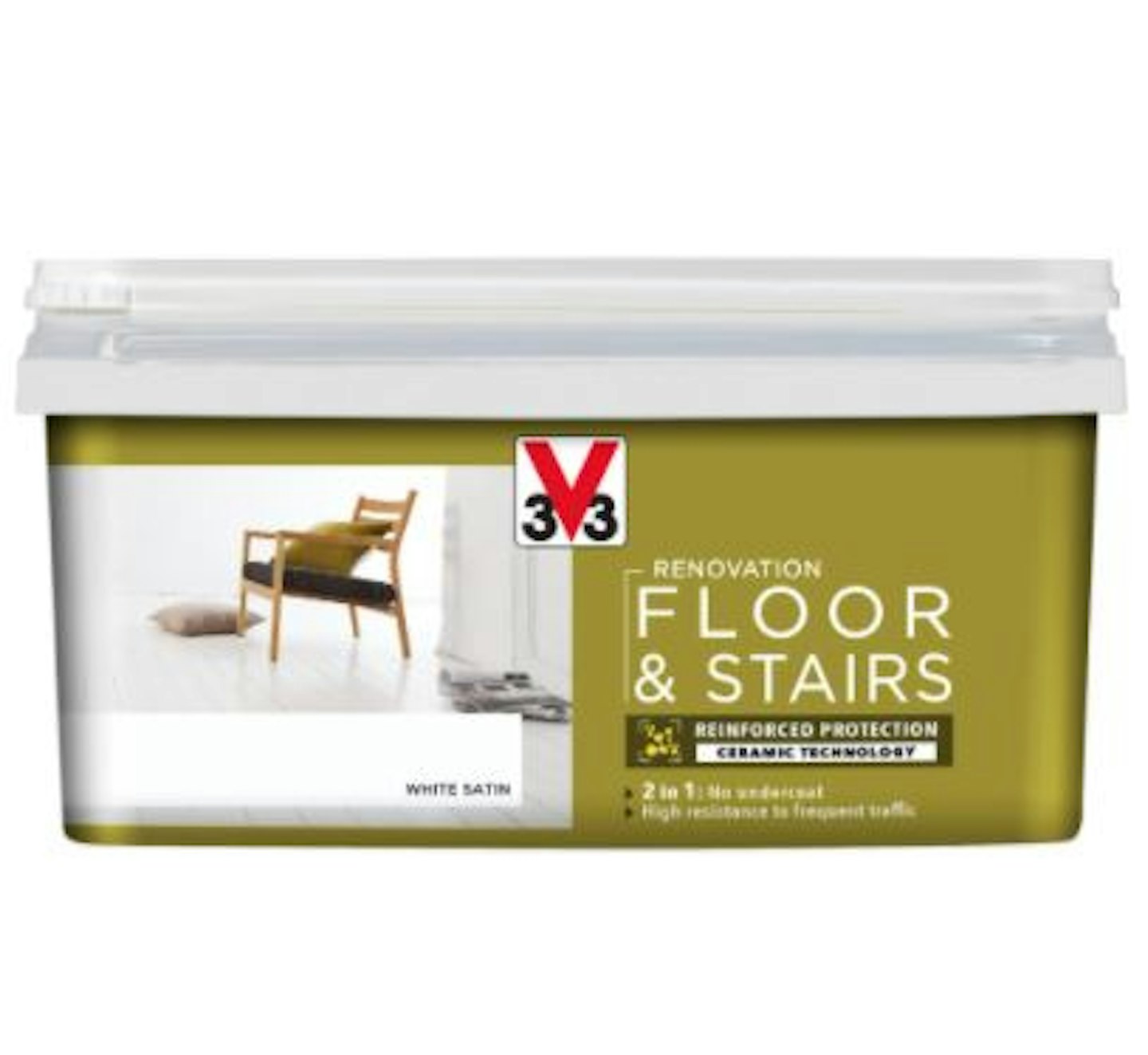
www.diy.com
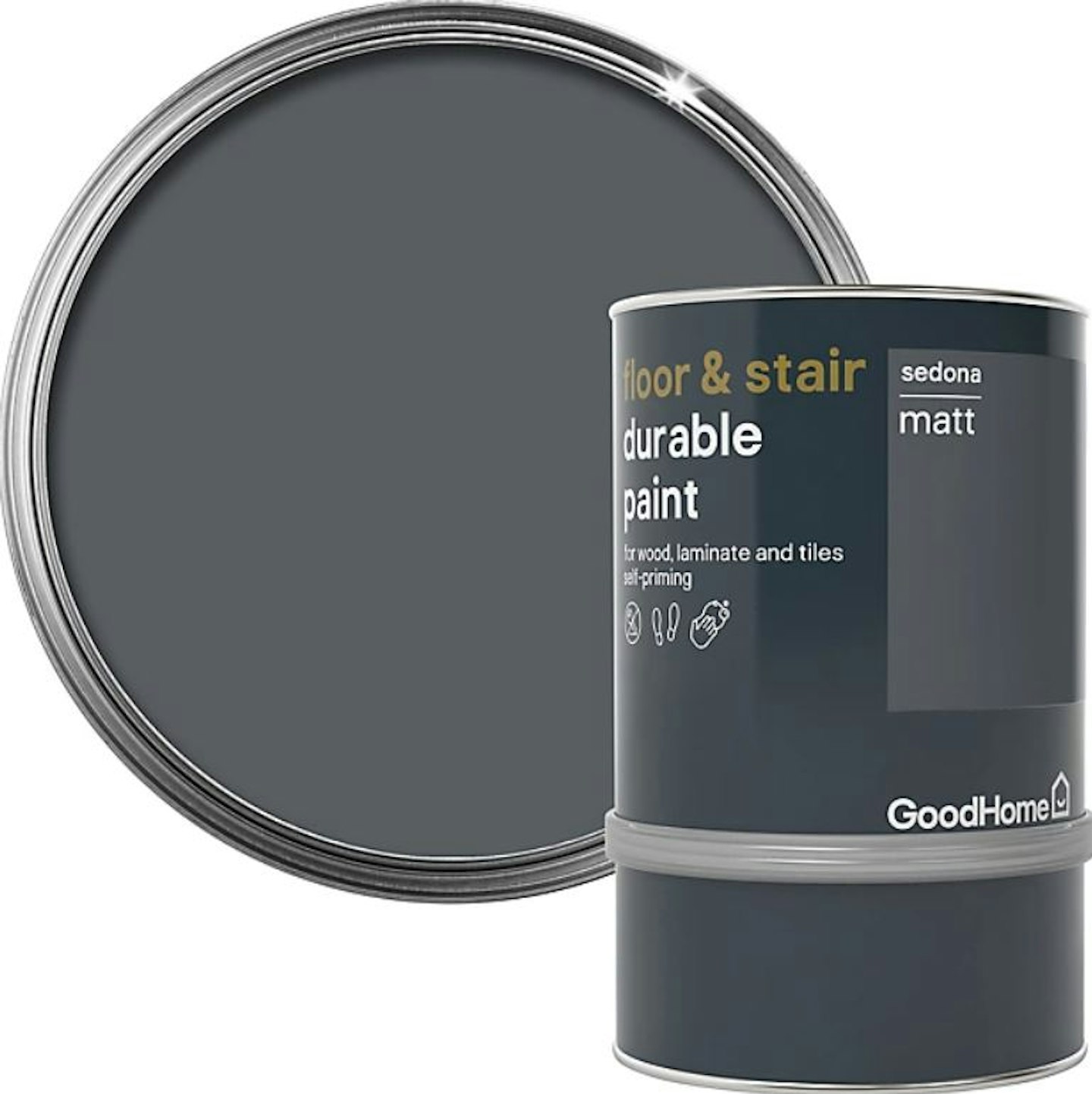
www.diy.com
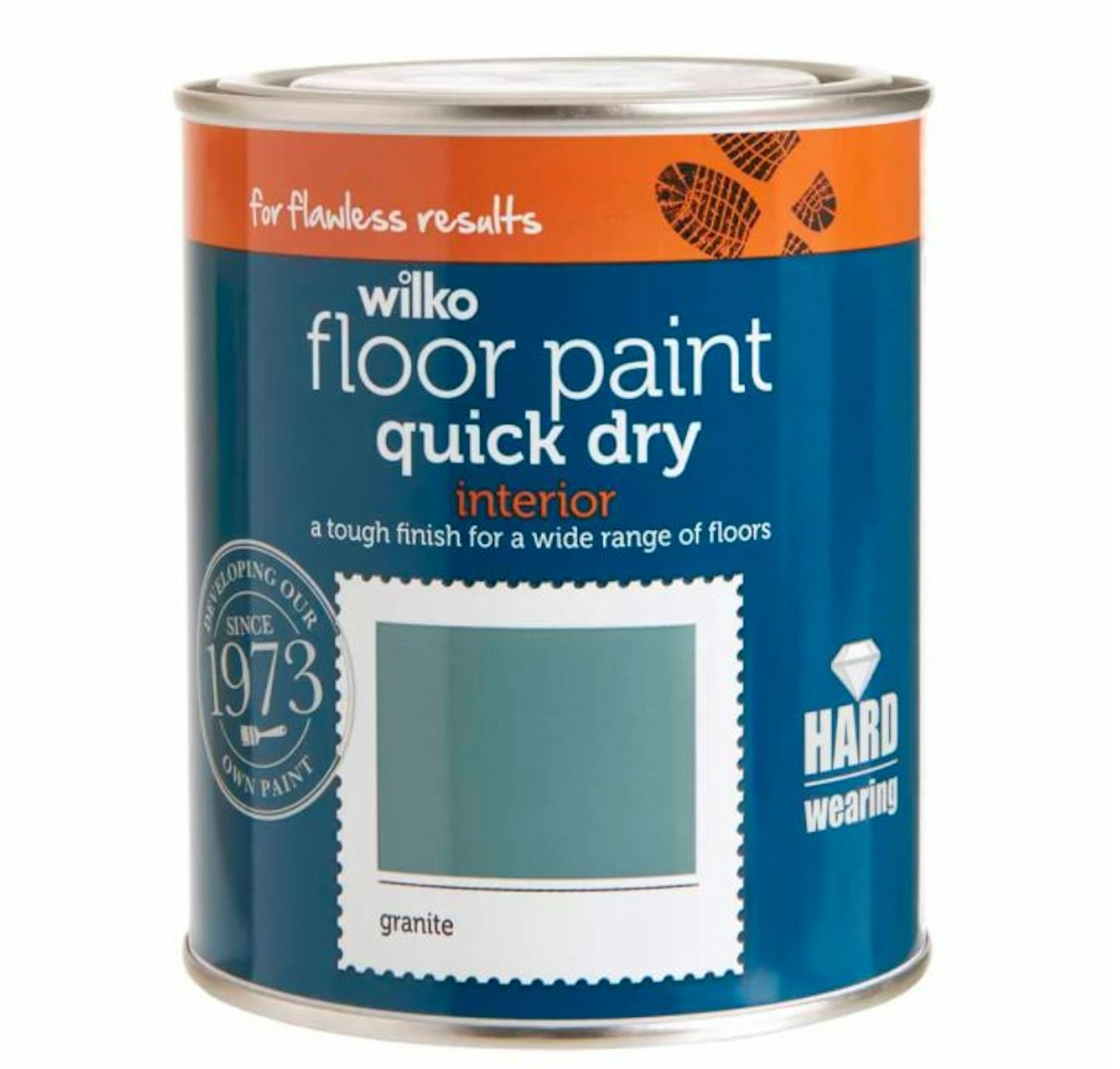
www.wilko.com
Best exterior wood paint
Exterior wood paint is great for updating the colour of your shed, fence, decking, garden furniture, storage or playhouses that need a little TLC after a bit of weathering.
As its specialised to the outdoors, exterior paints can also come with some great features to help you achieve the look you want and for long-lasting results. Some features include:
• Dirt and stain-resistant
• Waterproof/ water resistant
• Self-cleaning and mould-resistant
• Quick drying
• Anti-climb
• Anti-scuff
• Fade-resistant
These paints have been designed to be weatherproof for long-lasting colour, no matter what the British weather throws your way.
.png?auto=format&w=1440&q=80)
www.wilko.com
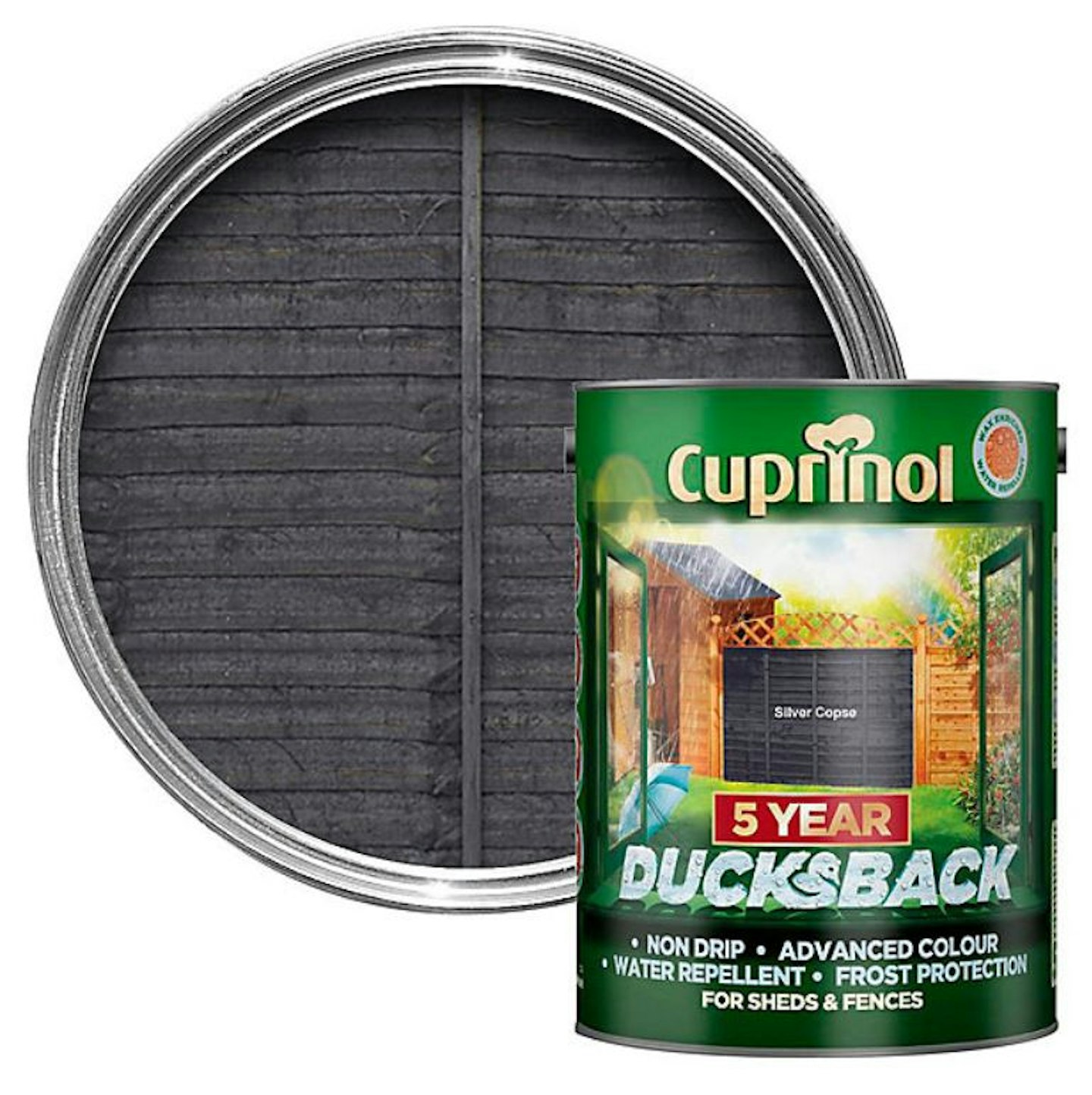
www.diy.com
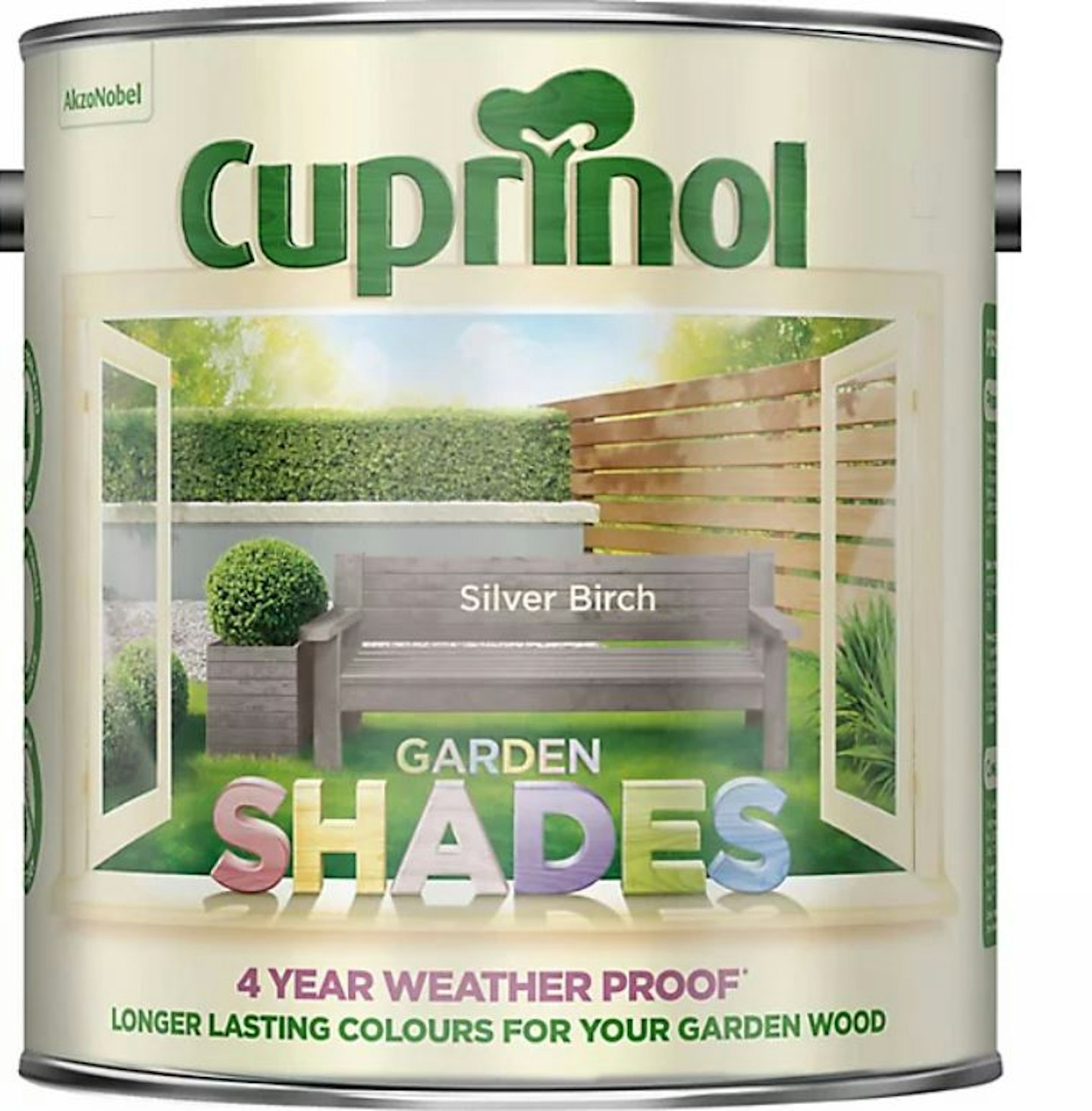
www.diy.com
Best paint for wood craft projects
For small craft projects, it’s recommended to use acrylic paint or chalk paints.
Acrylic paints are the most popular and economic option that are easy to apply and provide the most versatility when it comes to colour mixing and blending. Acrylic paint will work well on natural wood as a porous medium but may not perform so well on already painted surfaces.
For this you can try chalk paints. They provide strong adhesion to natural and painted wooden surfaces and are also a great option for restoring or upcycling any old, wooden antiques. Chalk paints provide an ultra-matte finish that is better to distress so you update and still retain the natural textures and colours of antique items and woodwork.
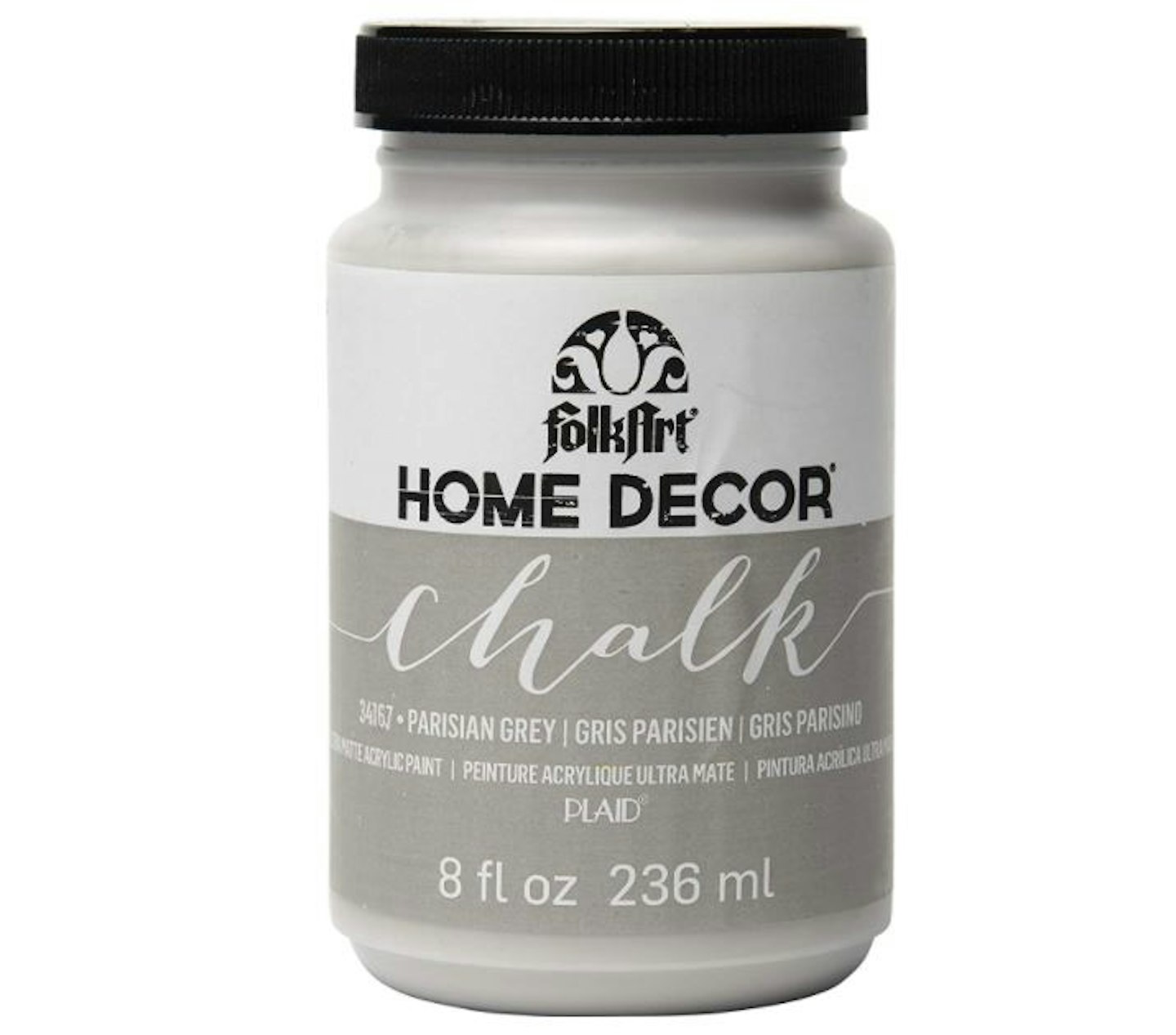
To prime or not to prime?
Certain paints require a layer of primer before application to ensure the paint adheres properly, goes on smoothly and lasts longer. When in doubt, check the tin for the paint’s priming suggestions but as a rule of thumb, it’s best to prime new bare wood with a wood primer before painting.
Other ways you can help prep your wood surface for painting is to:
• Use a paint stripper if you want to remove underlying coats of paint for a neater finish
• Use a wood filler to fill in any scratches, cracks or surface dents
• Sand down a surface and brush away the dust for a smoother surface. Using a damp rag can help pick up any bits of dust and clean the surface
• Apply masking tape to help you paint ‘within the lines’ – especially helpful for window sills and skirting boards
• Lay down a dust sheet or old cloth to stop any rogue paint-drops getting where they shouldn’t!
Use this guide from Wickes to make sure you’re ready to go before you get going:
Popular articles to read next:
The best wood floor cleaners for a spotless and hygienic result
Breathe new life into your living room with these wall art ideas
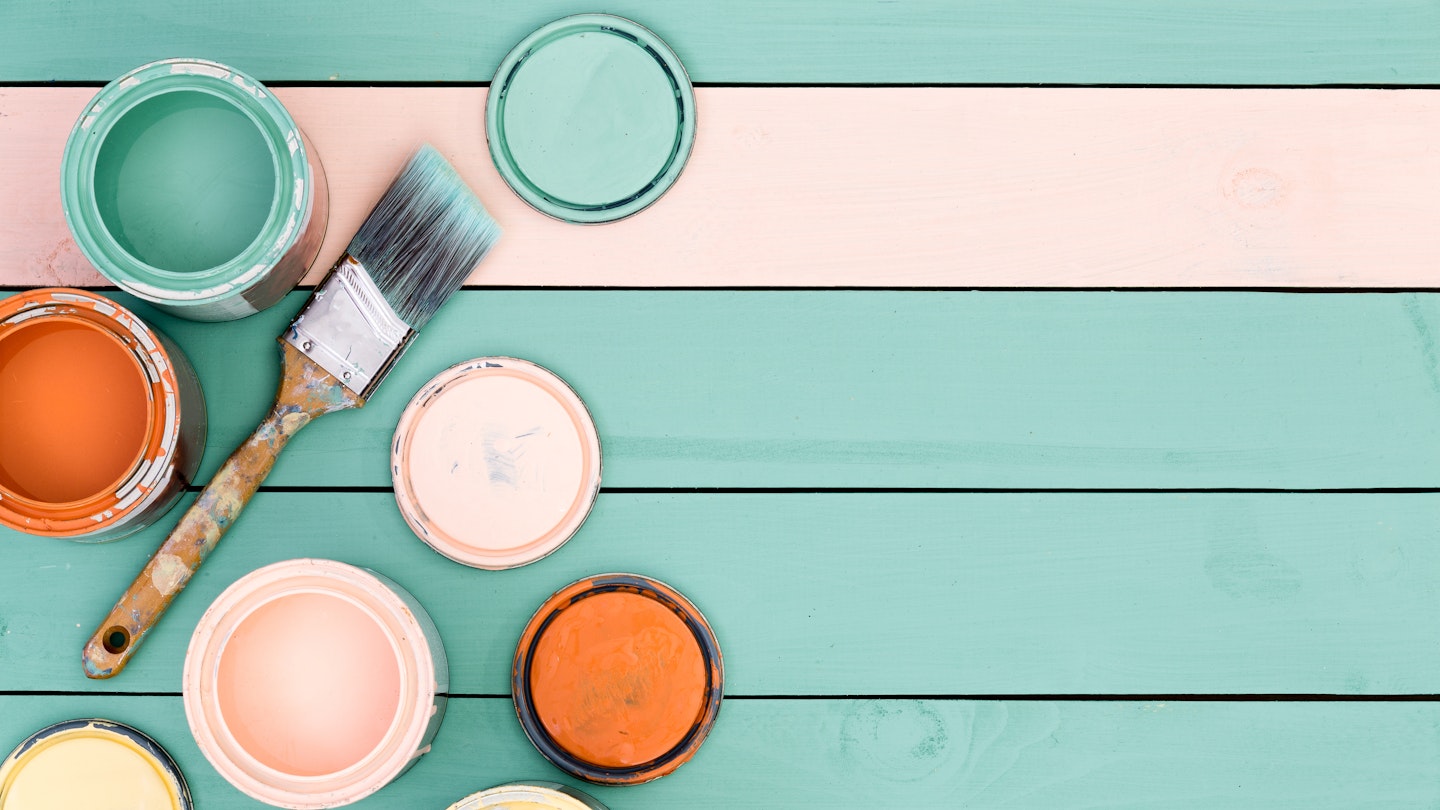
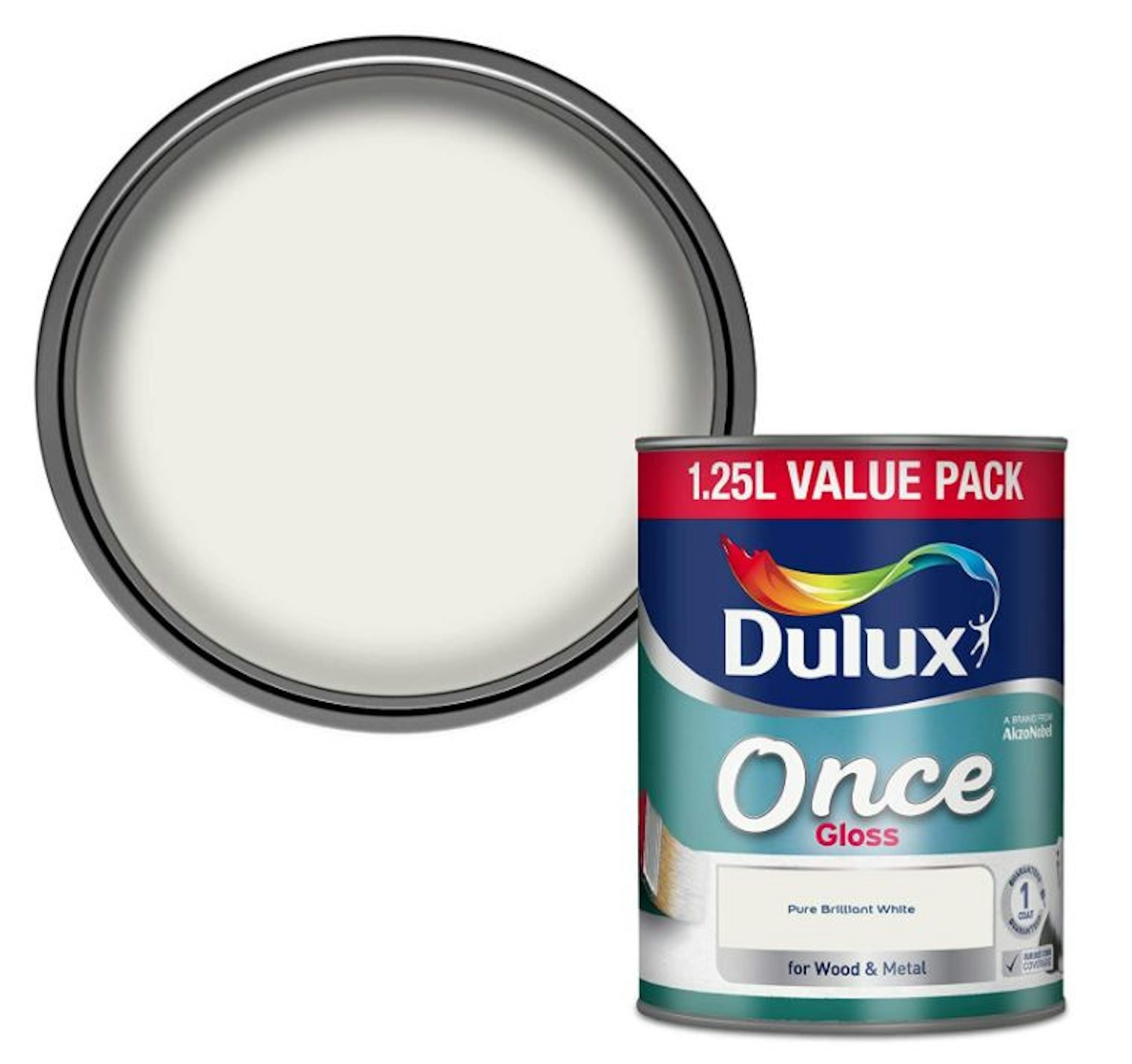
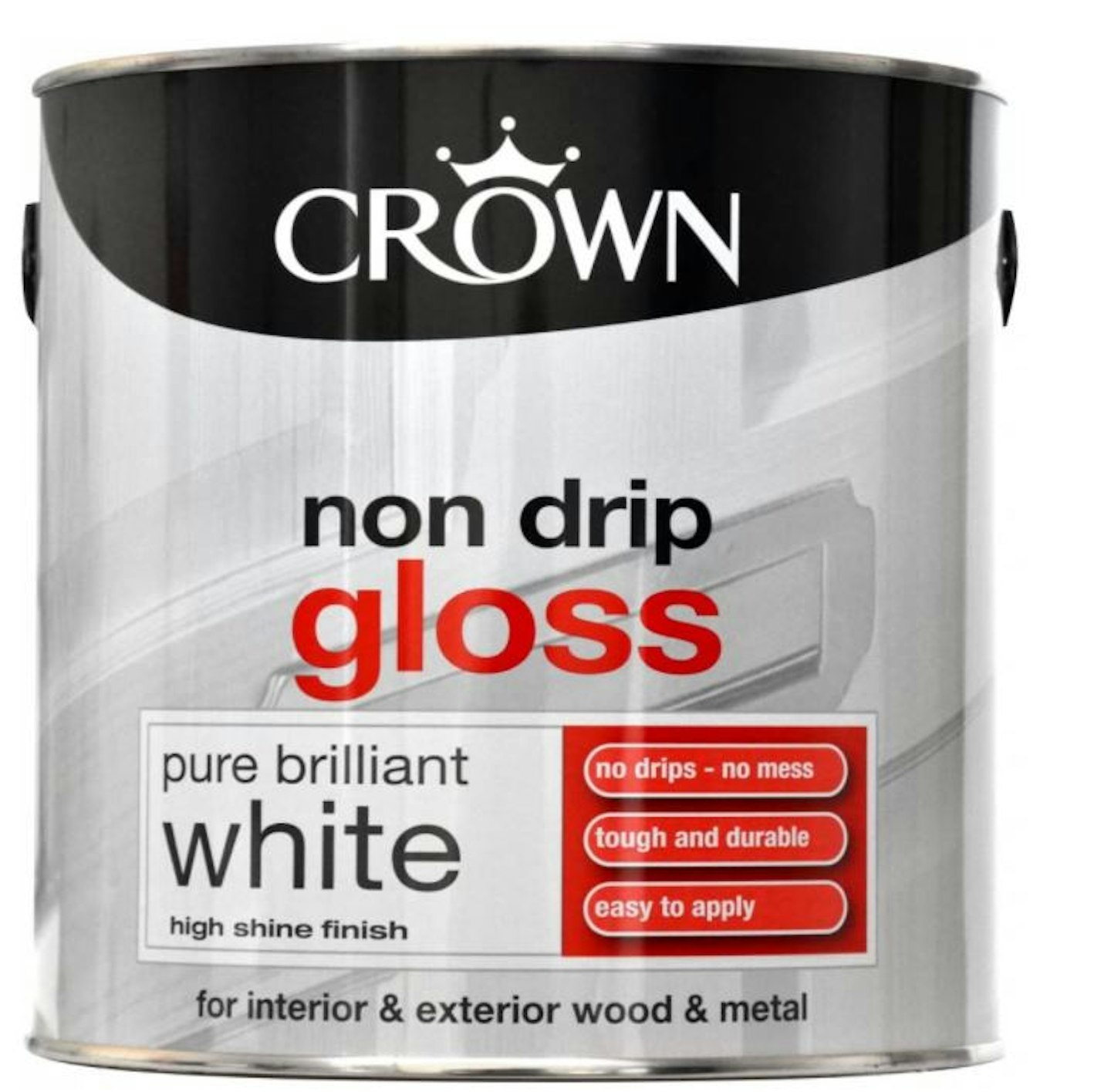

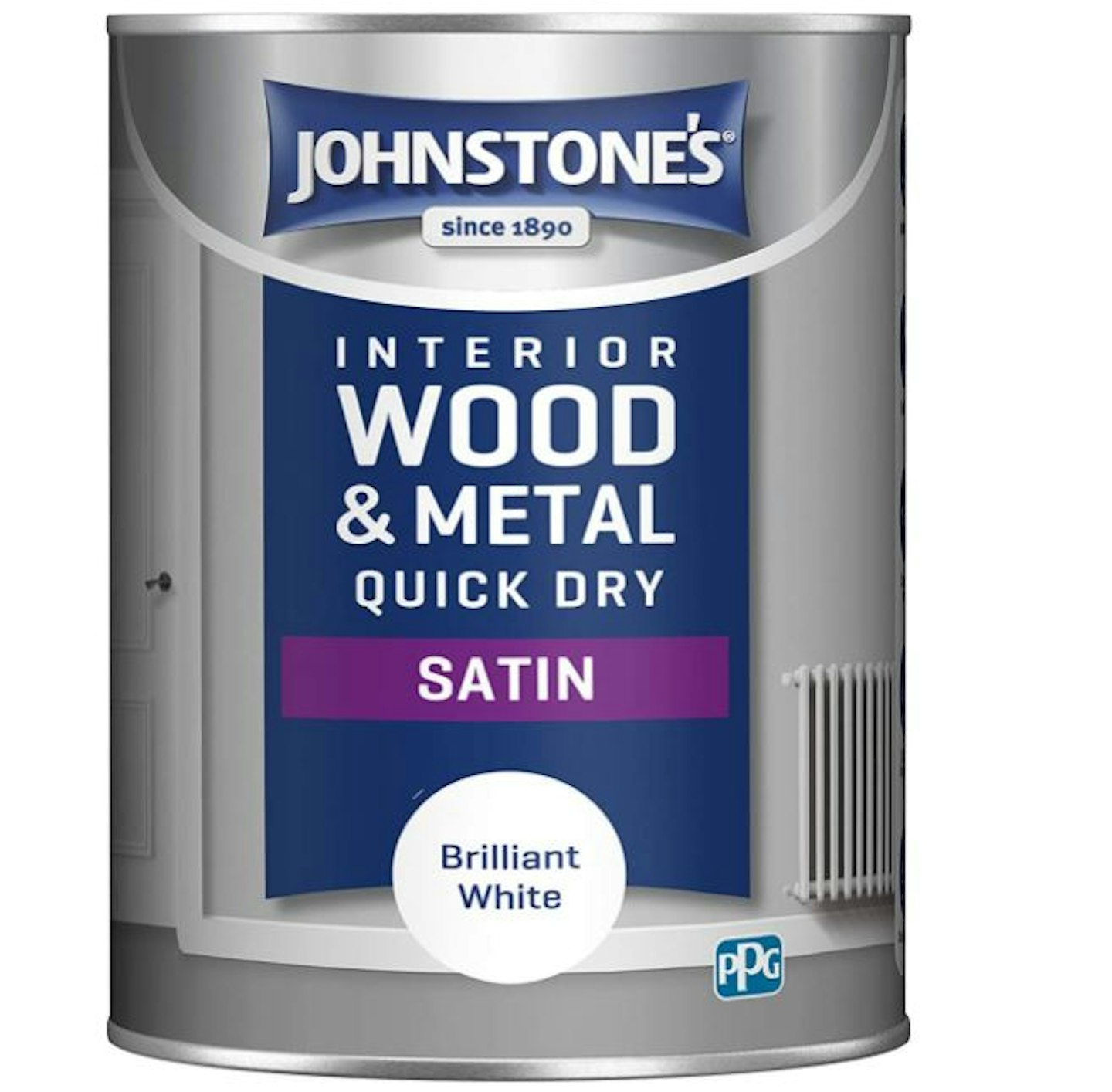
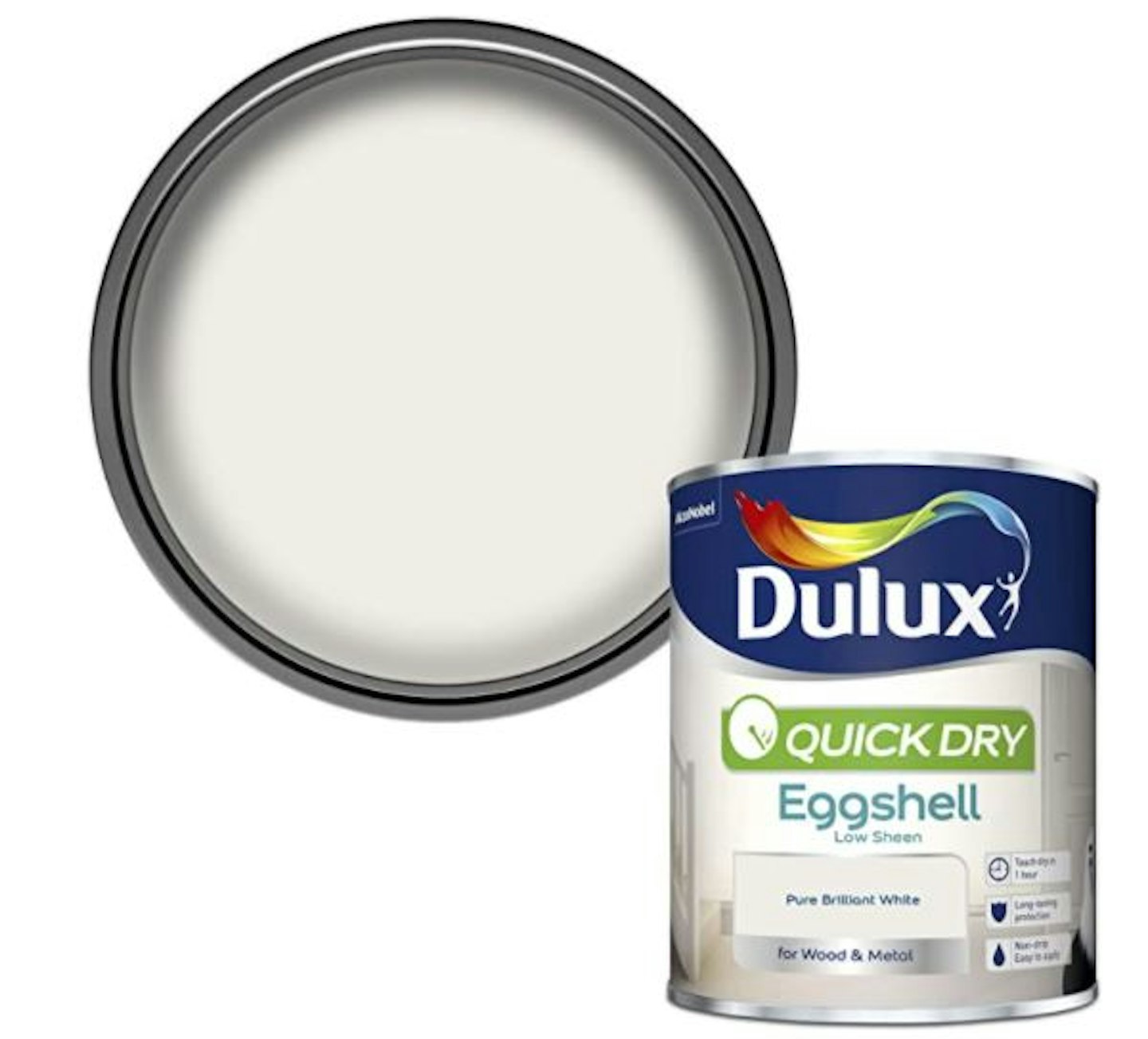
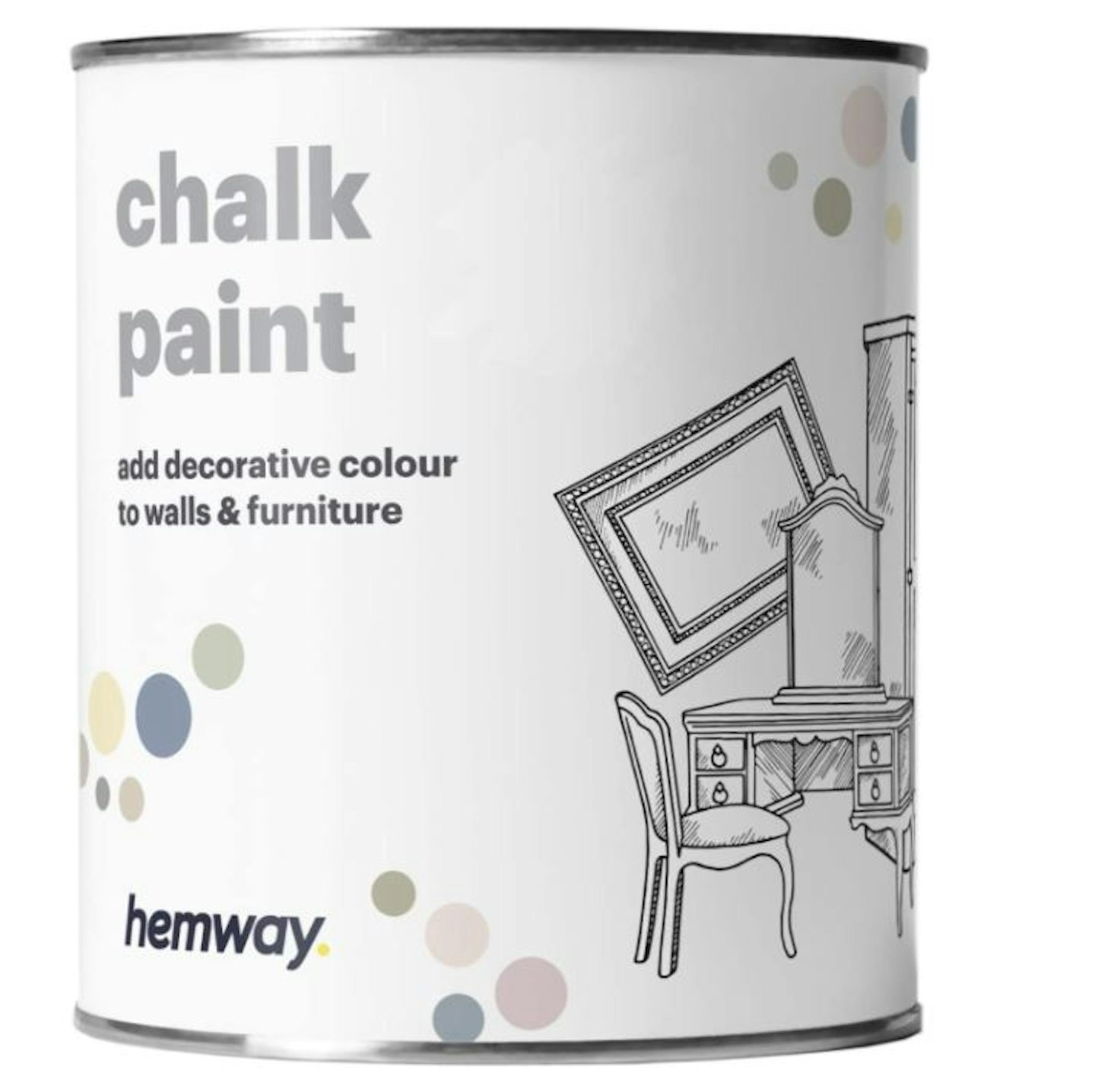
.png?auto=format&w=1440&q=80)
